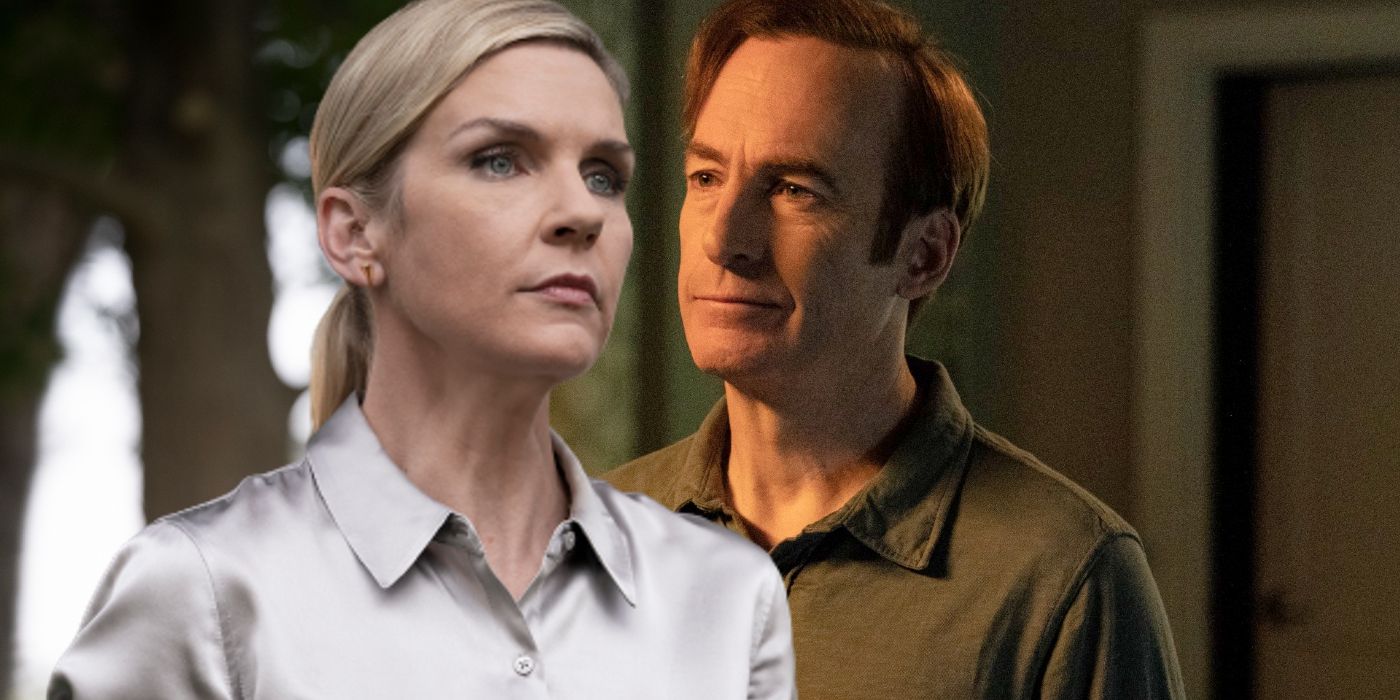John Romita Sr., the revered comic book artist who co-created Marvel characters including Wolverine, the Punisher and Mary Jane Watson, has died. He was 93.
His death was announced Tuesday night on Twitter by his son, John Romita Jr., a successful comic book artist in his own right.
“I say this with a heavy heart, my father passed away peacefully in his sleep,” he wrote. “He is a legend in the art world, and it would be my honor to follow in his footsteps. Please keep your thoughts and condolences here out of respect for my family. He was the greatest man I ever met.”
One of five kids, Romita Sr. was born in Brooklyn, the son of a baker. He graduated from the Manhattan School of Industrial Art in 1947, served in the U.S. Army and was working in comics by age 19, getting published in Eastern Color’s Famous Funnies.
For a decade and a half, he split time between the companies that eventually would become Marvel and DC — Timely Comics and National Comics, respectively — working on a number of titles and gaining a reputation for his romance comics.
In 1966, Romita began a five-year run working Marvel editor-in-chief Stan Lee on The Amazing Spider-Man. He took over for artist Steve Ditko, who had created the famed webslinger with Lee in 1961 before leaving in a spat with the comic book legend.
Romita’s run on Spider-Man saw the introduction of a number of the property’s most memorable characters, including Spidey love interest Mary Jane Watson and crime boss Kingpin; it was during Romita’s time as artist that Spider-Man overtook Fantastic Four to become Marvel’s top-seller, with the masked man becoming the face of the company.
In 1972, Romita became Marvel’s unofficial art director, a role that was formalized a year later. He contributed to the design of characters including Luke Cage, the Punisher and Wolverine while training “Romita’s Raiders,” the in-house artists that would correct or replace pages deemed to be unusable, often without credit.
He served as Marvel art director for more than two decades while also completing artwork for a number of titles, including the cover of 1987’s The Amazing Spider-Man Annual No. 21, in which Spider-Man alter ego Peter Parker and Mary Jane finally tie the knot.
Romita left Marvel in 1996, going into semi-retirement — a term that proved meaningless, given his output in the years following, with multiple Spider-Man-related projects for Marvel as well as a Superman cover for DC, the first time he had worked for the competition in a half-century.
In interviews, Romita would often note that he regretted not being born earlier so that he could have been in the first generation of writers and comic book artists. Still, he took pride in building on what others had done.
“No matter what success I’ve had, I’ve always considered myself a guy who can improve on somebody else’s concepts,” he said in 2002. “A writer and another artist can create something, and I can make it better.”
Romita also is survived by his wife, Virginia, and another son, Victor.



























































